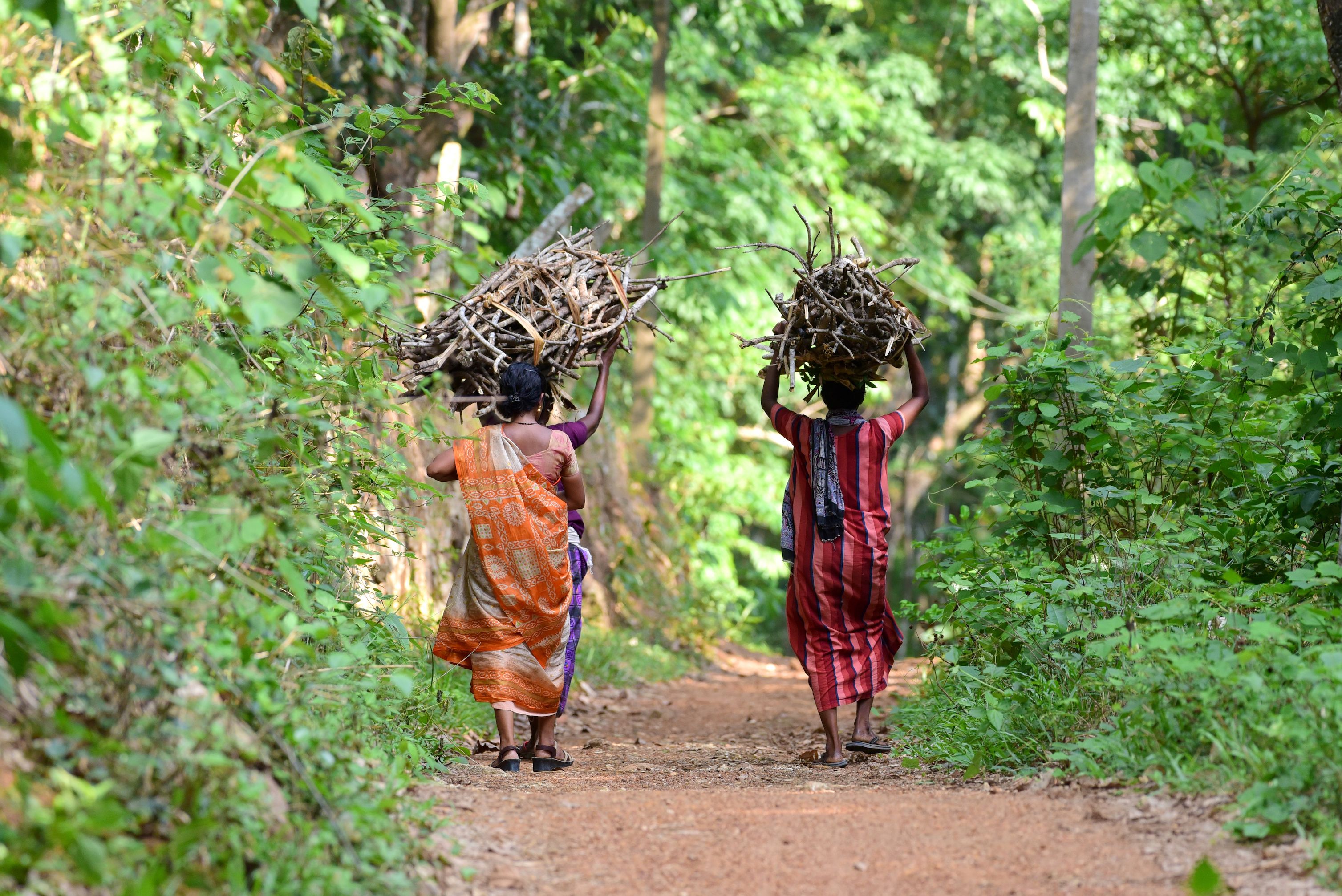India is losing forest cover at a rapid rate in the name of economic growth and development: In the past decade, authorities have awarded permissions to mining corporations, power plants, public-sector companies, and others to strip forests over an estimated 300,000 hectares. That is an area equivalent to Mumbai, five times over.
Development is not the only ground on which the government justifies such ecological loss. It claims that for every permission to tear down a forest, it is reforesting as much land through a law – the Compensatory Afforestation Fund Act of 2016. The ruling party’s manifesto during the 2019 general elections took this logic to absurd lengths to claim that due to speedy forest clearances, India’s forest cover was in fact going up.
Yet, as my Pulitzer Center-supported project from two heartland states reporting the highest numbers of forest clearances showed, the working of India’s $8 billion compensatory afforestation scheme is cause for serious concern on ecological and social justice grounds.
Overriding protests from locals, largely Adivasi (indigenous) and forest-dwelling communities, and ignoring extant practices of agroforestry and swidden cultivation, officials are earmarking vast areas of subsistence-use land for its tree-planting schemes. Such communities—over 250 million Indians—have borne the brunt of poorly recognized land rights through history; they are now facing a new wave of dispossession set in motion by climate mitigation targets. As indigenous women from the Baiga community in the village of Phulwaripara in the state of Chhattisgarh narrated, when they protested against plots of land—which they had customary access to for cultivating food crops—being enclosed for compensatory afforestation projects, forest department officials lodged criminal cases against them under colonial-era forest laws, and sent them to jail.
Another area of concern is how new technologies are being deployed to further sideline marginalized communities and execute state-sanctioned land grabs. Environment officials say compensatory afforestation projects must come up on "non-forest and degraded land" and use satellite technologies to identify such parcels of land. Geographical coordinates are then uploaded to official databases of the environment ministry, and become the basis on which authorities award forest clearances and finalize associated afforestation projects. The entire process of land identification thus excludes the participation and consent of local communities from decisions that have life and death consequences for them. Such deployment of digital technologies also enables the erasure of existing relations of subsistence around such lands from official processes. That the government knows all too well that such projects cause a profound socio-economic disruption on the ground was evident from the notes I read by a forest officer in northern Odisha around one such proposed enclosure. He stated that the 1,700 acres of land earmarked for a compensatory plantation project (to offset a forest clearance permission awarded to an iron ore mining corporation) was being used by local tribes for podu (shifting) cultivation, and for grazing their livestock. He added that after the department took over the 1,700 acres for plantations, it would cordon off the area with “strong barbed-wire fencing to protect the area from grazing and other biotic interferences.”
Further, by making no place for enlisting the knowledge systems of communities who have tended forests over centuries, and by providing for no accountability to them, the CAF law is also ripe for corruption, as the same land gets folded in multiple times for different tree-planting schemes. With no local stakes in such plantations, there is little credible evidence of success for the scheme’s stated offset achievements. As a village headman in north Chhattisgarh told me, “I told the officials that tree planting is a good thing. But it should happen after proper meetings with our village assemblies, so that as a community, we can tell them where appropriate land is available, and what species of trees would be suitable.” In the mountains of Keonjhar district in northern Odisha, women, too, raised concerns about the ecological impacts of monoculture plantations of commercial species like eucalyptus or teak, pointing out that the forest floor on such plantation lands was poor vis-à-vis natural forests, and that such commercial species were not hospitable to other species like monkeys or birds.
Based on my reportage around the scheme, I would argue that the greatest damage of the compensatory afforestation scheme might be the manner in which it is bringing back the principle of eminent domain of the state in full force. Following years of anti-dispossession struggles, and protests against forest evictions and the criminalization of forest dwellers in colonial-era policies, India’s then-government brought in the Forest Rights Act in 2006. This landmark law, the largest of its kind in the world, addressed a “historical injustice” and provided for awarding millions of forest dwellers individual, community and habitat rights through formal titles, and recognized their role in forest protection and management. By now putting in place a giant program of rural enclosures on grounds of climate mitigation, the state is eroding the rights of some of India’s most marginalized, and re-inscribing patterns of historical injustice.
